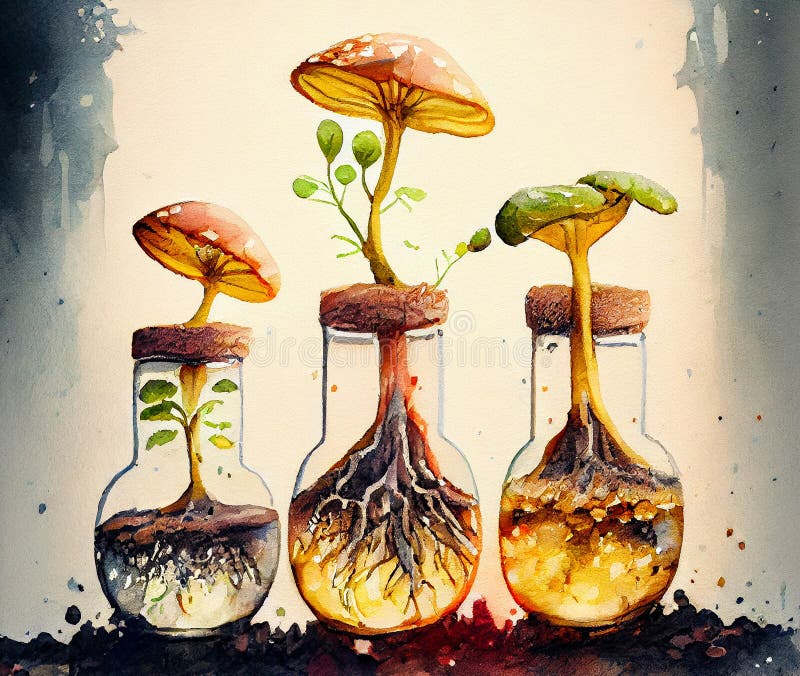Mushroom Biotechnology: Innovative Applications of Fungi in Industry and Medicine
Mushroom biotechnology refers to the utilization of fungi, particularly mushrooms, in various industrial and medical applications. Fungi have long been recognized for their diverse biochemical properties and their ability to produce various compounds beneficial to human health and industry. Here are some innovative applications of mushroom biotechnology in industry and medicine:
- Pharmaceuticals: Mushrooms contain bioactive compounds such as polysaccharides, terpenoids, and phenolic compounds with medicinal properties. These compounds have been studied for their potential in treating various ailments, including cancer, inflammation, and immune disorders. Extracts from medicinal mushrooms like reishi (Ganoderma lucidum), shiitake (Lentinula edodes), and maitake (Grifola frondosa) are being investigated for their therapeutic effects and are used in traditional medicine practices in many cultures.
- Bioremediation: Fungi have the ability to degrade and detoxify environmental pollutants. Certain mushroom species can break down complex organic compounds, including petroleum hydrocarbons, pesticides, and industrial chemicals. This capability is harnessed in bioremediation processes to clean up contaminated soil and water, offering a sustainable and eco-friendly solution to environmental pollution.
- Food and Nutraceuticals: Edible mushrooms are not only a source of nutrition but also contain bioactive compounds with potential health benefits. They are rich in proteins, vitamins, minerals, and dietary fibers. Mushrooms like shiitake and oyster mushrooms are cultivated for their culinary uses and are increasingly recognized for their potential role in promoting health and preventing diseases such as cardiovascular disorders and obesity.
- Bioprocessing and Enzyme Production: Fungi are used in various bioprocessing industries for the production of enzymes and biochemicals. Certain fungi produce enzymes such as cellulases, amylases, and proteases, which are used in food processing, textile industry, and biofuel production. Mushroom cultivation residues can also serve as substrates for enzyme production through solid-state fermentation processes.
- Cosmetics and Personal Care: Fungal extracts and compounds are increasingly used in cosmetics and personal care products due to their moisturizing, antioxidant, and anti-aging properties. Mushroom extracts are incorporated into skincare formulations for their potential to improve skin texture, reduce inflammation, and protect against environmental damage.
- Biofuels: Some fungal species, particularly wood-decaying fungi like Trichoderma and Phanerochaete chrysosporium, produce enzymes capable of breaking down lignocellulosic biomass into fermentable sugars. These sugars can be further processed into biofuels such as ethanol and biodiesel, offering a sustainable alternative to fossil fuels.
- Biodegradable Packaging Materials: Mycelium, the vegetative part of fungi, can be grown into biodegradable packaging materials as an alternative to traditional plastics. This innovative approach, known as myco-materials or mycotecture, utilizes the natural binding properties of mycelium to create packaging materials that are environmentally friendly and compostable.
Overall, mushroom biotechnology presents a promising avenue for the development of sustainable solutions in various sectors, including healthcare, environmental management, food production, and materials science. Continued research and innovation in this field hold the potential to unlock the full range of benefits offered by fungi for human well-being and the planet.

Comments
Post a Comment